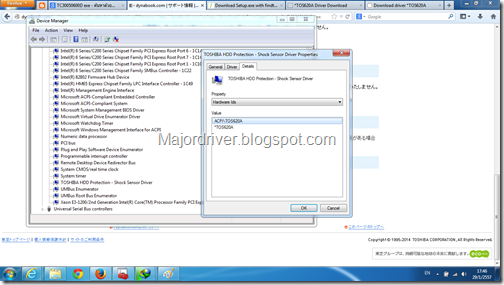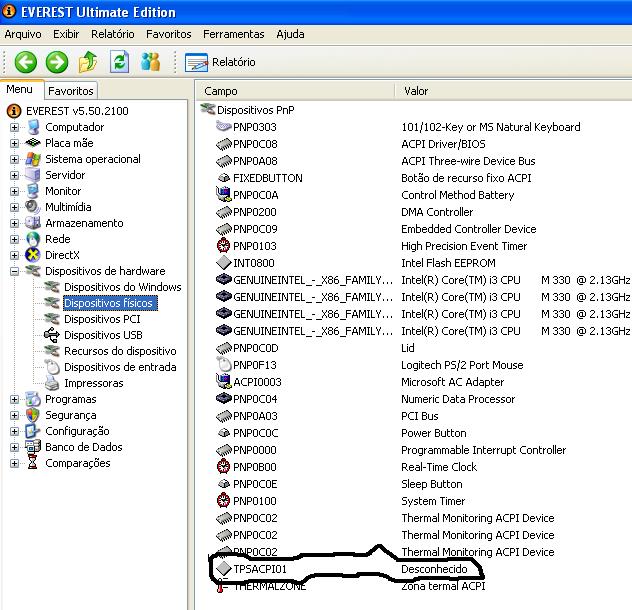


Windows depends on UEFI firmware to boot up the hardware platform.

This software can therefore be written once, thoroughly tested, and then optimized over time. With the table strategy, the platform-variable attributes of a particular platform are provided in a table, and used by generic software to adapt itself to the specific set of IP blocks integrated into the platform. The idea behind these tables is to enable generic software to support standard intellectual property (IP) blocks that can be integrated into various platforms in diverse ways. Windows utilizes this table-passing mechanism, in addition to the specific tables that are described in this article. Table structures and headers, including ID and checksum fields, are defined in the ACPI 5.0 specification. ACPI defines a generic, extensible table-passing mechanism, plus specific tables for describing the platform to the operating system. Implementation of the Advanced Configuration and Power Interface (ACPI) Hardware Specification is not required on SoC-based platforms, but much of the ACPI Software Specification is (or can be) required.


 0 kommentar(er)
0 kommentar(er)
